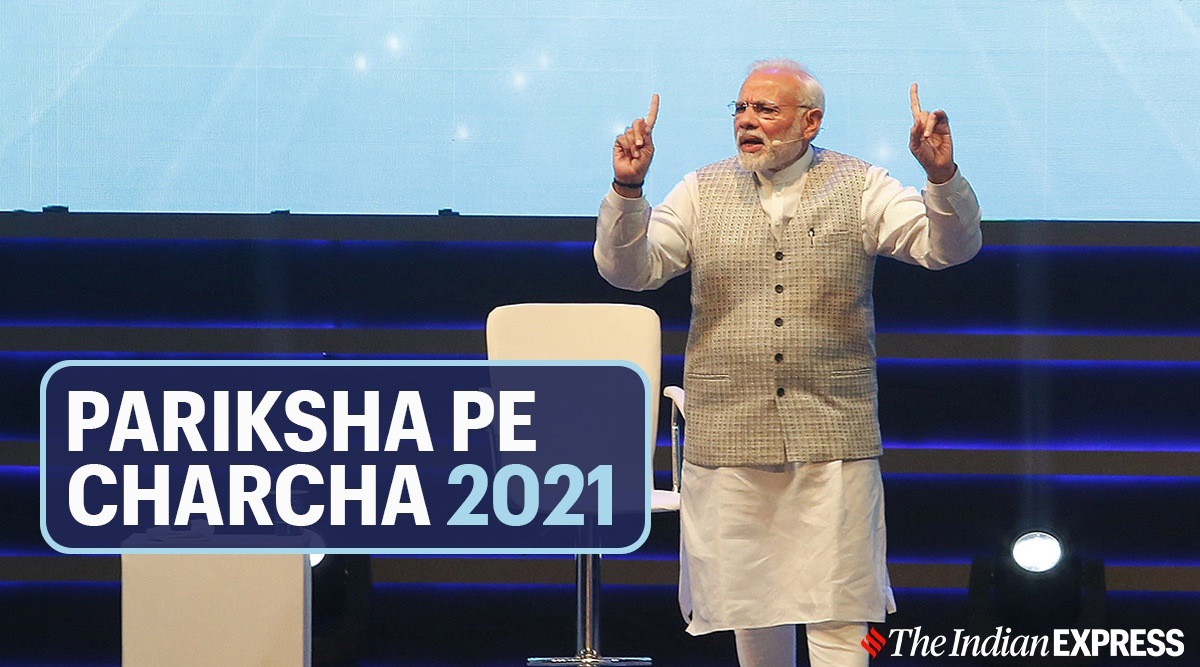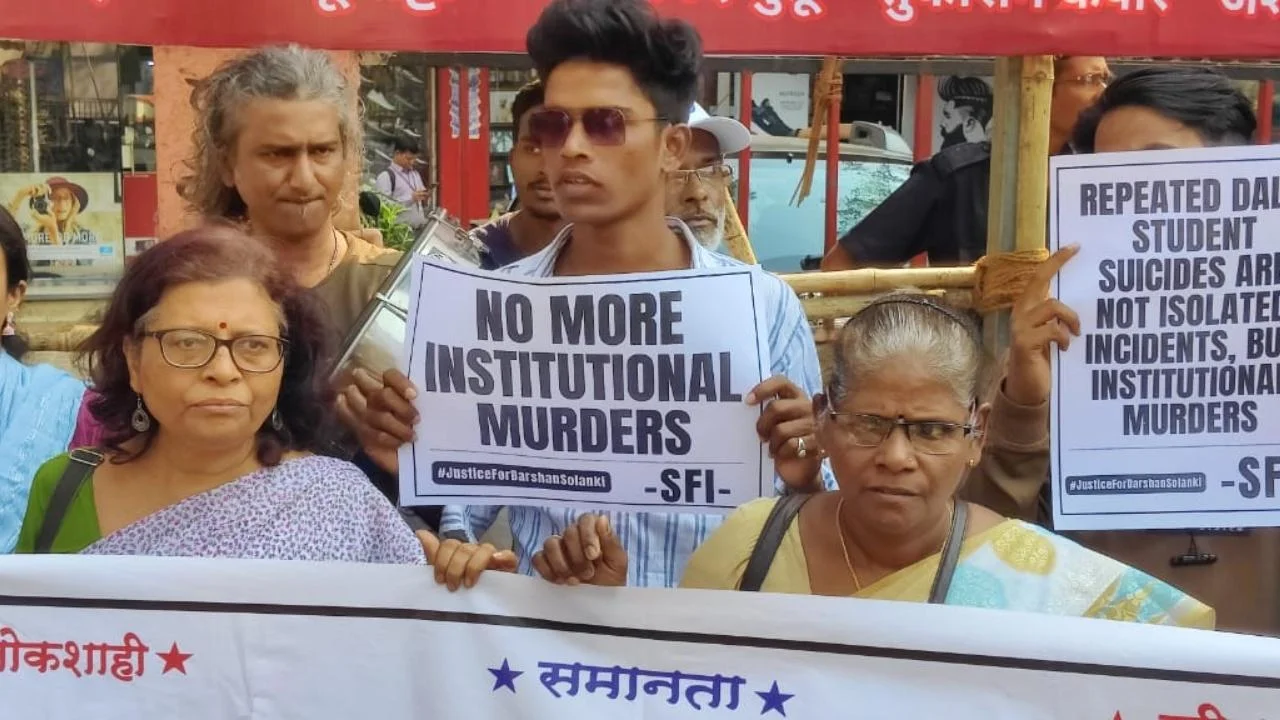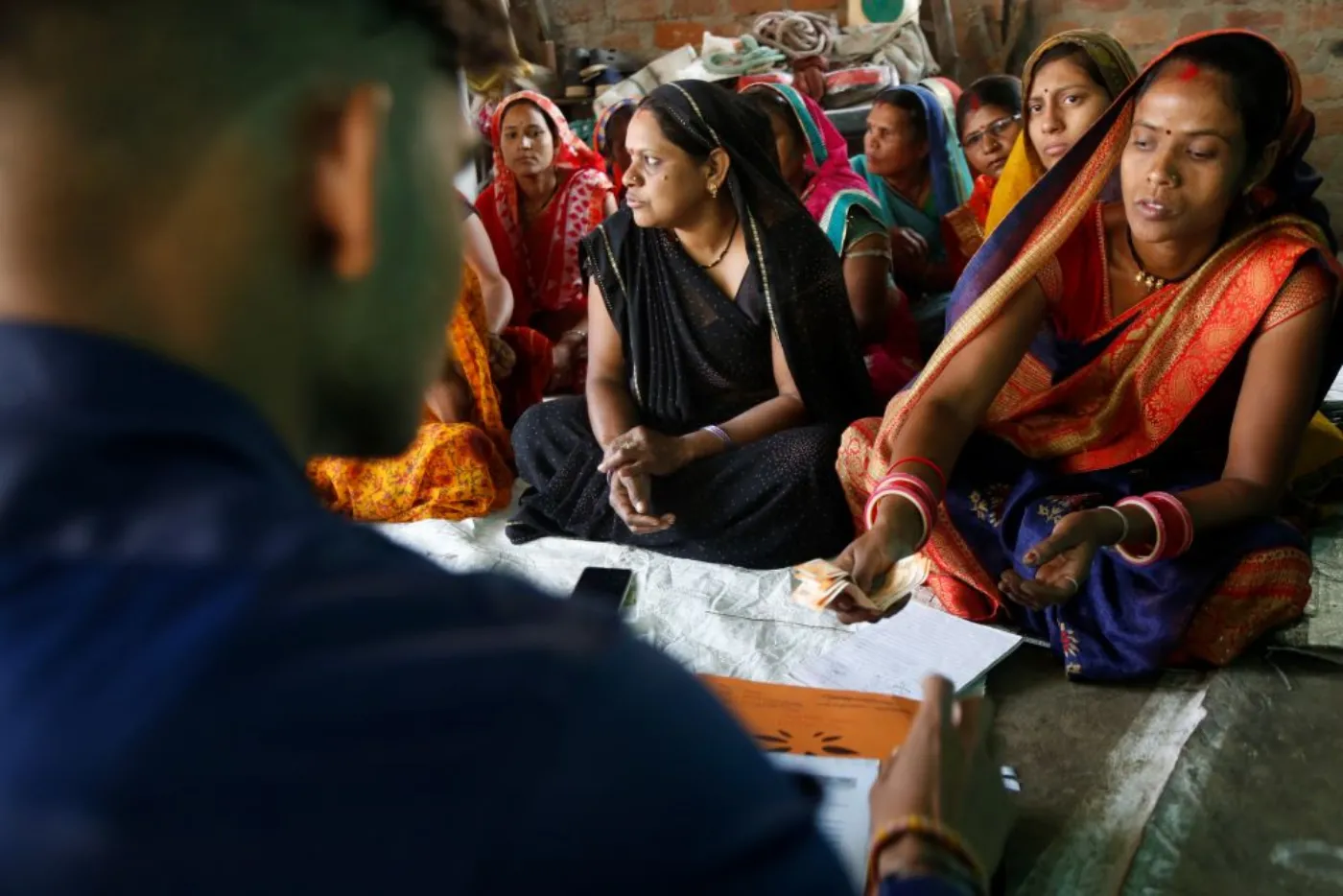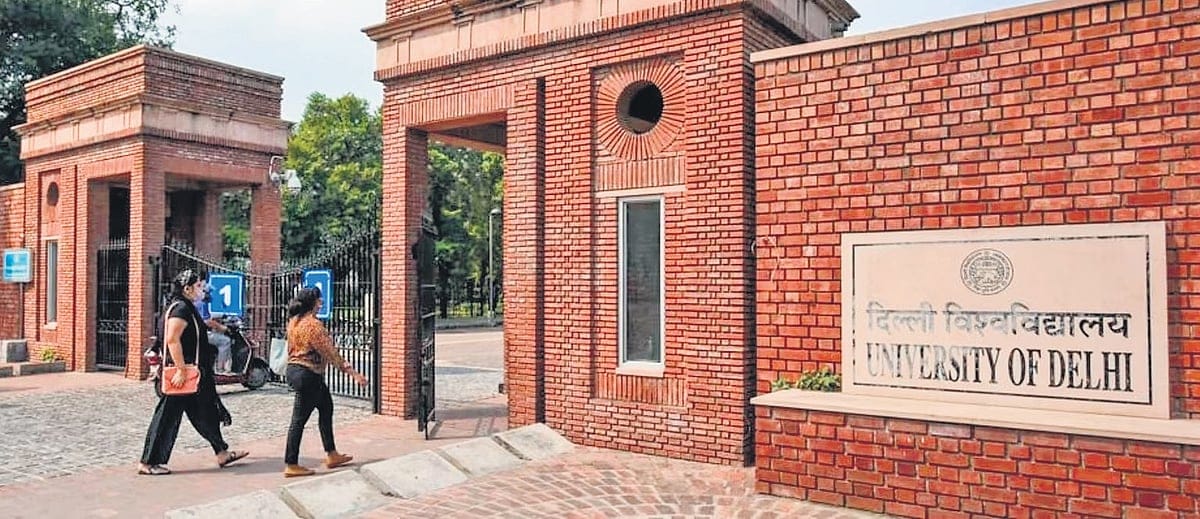“Education is dead. And we have killed it.” These words encapsulate the essence of Friedrich Nietzsche’s Anti-Education. He composed it in the form of a wonderfully crafted public lecture in Basel in 1872 when Germany was unraveling sweeping reforms in the education Sector. The focal point of his argument relied on two contemporary trends: First, “the drive for greatest possible expansion and dissemination of education” and second, “the drive for narrowing and weakening of education”. In contrast to the grim reality, these dichotomous educational goals were framed to benefit the ruling establishment in Germany (then Prussia). It was hailed as the foundation of Prussian education and later, Hitler used this trend to strengthen his propaganda of national socialism (Nazism).
Last year the government in India approved the National Education Policy 2020 with the aim to expand quality education for all. Amidst several criticism, the NEP 2020 was also appreciated by people irrespective of their ideological differences.
Also read: The Glorification Of Mother-Tongue: Critiquing The Three-Language Formula Of NEP 2020
It is no secret that not everyone in India has access to quality education and that is why the New Education Policy was seen as the need of the hour to fulfill India’s educational needs and to meet the aspirations of education for all.
But not everything is hunky-dory. We have often heard that history repeats itself and what Nietzsche predicted about German education 150 years back, we are now witnessing happen in India today. On one hand, the government is focusing on universal access to quality education but at the same time curbing the autonomy of prestigious educational institutions of this country.
On one hand, the government is focusing on universal access to quality education but at the same time curbing the autonomy of prestigious educational institutions of this country.
Recently, IIM Ahmedabad director received a letter from the education ministry in which he was asked to submit a copy of a PhD dissertation on electoral democracy. This PhD thesis was selected to be awarded at the seminar chaired by the director of the Institute. It was just that, in the thesis, the BJP was referred as a pro-Hindu, upper caste party — a statement that offended some people and led to a controversy. But IIM Ahmedabad director’s act of defiance to not follow the Ministry’s order has given a new impetus to other central universities and institutions of eminence to fight on for academic freedom and not to surrender their autonomy to the government.

If we shift our focus towards school education, we see that over the years there has been a destruction of the school education system where everything from examination to evaluation pattern is very standardised, for instance, the Board examinations. One of the consequences of conducting standardised tests is that it has completely robbed teachers of any classroom autonomy.
Teachers are told what to teach, when to teach and how to teach and this “over-uniformity” hampers students ability to think differently. And with the Modi government in power for over six years now and a National Education Policy that could do more harm than good, sadly we’re just producing clones for factories and corporations and that’s why more emphasis must be given on experiential learning for the students rather than focusing on conducting tests and grading. Despite the problems and issues in school education, no action plan has been framed by educational boards like CBSE yet to suggest a more inclusive and student-teacher friendly curriculum. Focus must be on imparting quality education which is based on experiential learning and application based studies.
Under the Modi Government, social media handles of public educational institutions, even the ones who have been granted autonomous status are being used for Digital Marketing of the Prime Minister. Another factor that strikes a blow to the autonomy of the education system is in how schools and colleges are increasingly becoming tools of political agenda. For instance, the Twitter handle of Kendriya Vidyalaya Sangathan (KVS) where, in March, out of 150 posts they tweeted or retweeted about 100 of them are related to Pariksha Pe Charcha and Exam Warrior — both programmes sanctioned by the Centre. For people who might not be aware about PPC, it’s an initiative by the Prime Minister to interact with students before their board exams but how effective and useful it is for students is ambiguous.

Also read: Sexual And Reproductive Health: The Missing Link In NEP 2020
Some educationists share the view that it has nothing to do with students, it’s just a telemarketing exercise endorsed by the government to extend its reach among the young population and to secure a potential voter base for upcoming elections.
The Narendra Modi led government cut 6000 crores from the education budget and that too, at a time, when COVID-19 has disrupted the learning and school dropout rate have seen a significant increase. The reduced spending on budget is the lowest in three years.
It should also be noted that in the budgetary allocations of 2021, the Narendra Modi led government cut 6000 crores from the education budget and that too, at a time, when COVID-19 has disrupted the learning and school dropout rate have seen a significant increase. The reduced spending on budget is the lowest in three years.
The UGC has also been making headlines but for all the wrong reasons: first, they came up with the idea to conduct “Unscientific Cow Exam” but after widespread criticism from academic circles they postponed the exam for an indefinite period. They ignited another controversy with their draft history syllabus for undergraduate courses, which many historians, academics and politicians accused as a government and UGC agenda of promoting saffronisation and religious chauvinism through education.
A close study of the draft shows the vilification of Mughal rulers, glorification of Hindu mythologies and a highly problematic filtering out the historical realities to justify the antagonism and atrocities against minorities in India.
If we talk about the possible ramifications of the government’s action to snatch the autonomy of educational institutions, it can be best understood by an incident of military coup in Thailand which happened on May 2014. Although many people from businessmen to bureaucrats supported the military intervention, the most astounding thing was that, even the educated working professionals and student leaders of Thai University turned out in support of the coup that further led to the bloodshed and human rights abuses in Thailand.
It is indeed a nightmare if people lose trust in democracy and look towards military or any kind of autocratic rule as the last resort. In Thailand, the faltering of confidence in a democratic system started because school and college curricula was designed in such a way that restricts free thinking and favoured the military like obedience and submission to people in power.
This also reminds me of a quote by Assata Shakur, “People get used to anything. The less you think about your oppression, the more your tolerance for it grows. After a while, people just think oppression is the normal state of things. But to become free, you have to be acutely aware of being a slave”. This realisation of persecution, abuse & injustice can only be felt if free thoughts and critical questioning is allowed and encouraged in a society.
Under Modi’s India, this may look like wishful thinking but one thing that kept us going is belief of a better and bright future ahead. In other words “Hope never dies”.
Featured image source: Telegraph India
About the author(s)
Ajit Singh is a student who is currently pursuing his Bachelor’s degree in Education. He likes to participate in discussions on Politics, Climate Change, Economy & IR. He spends his leisure time reading & contemplating quite a bit of Kierkegaard, Camus, Dostoyevsky & other Existentialists. He’s not on socials to protect his mental health but the author can be contacted at ajitsinghmarch6@gmail.com.




